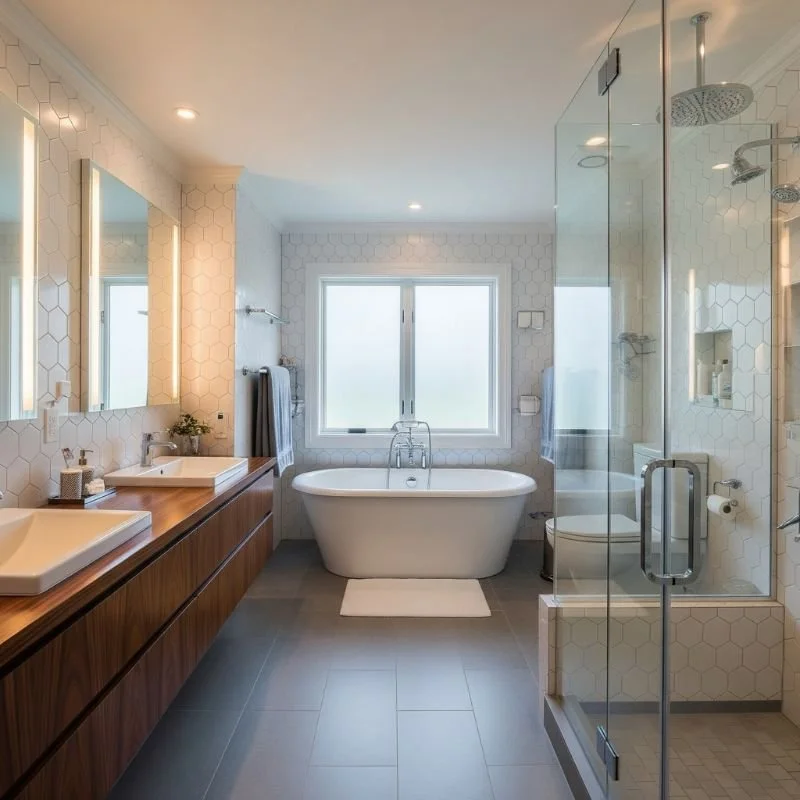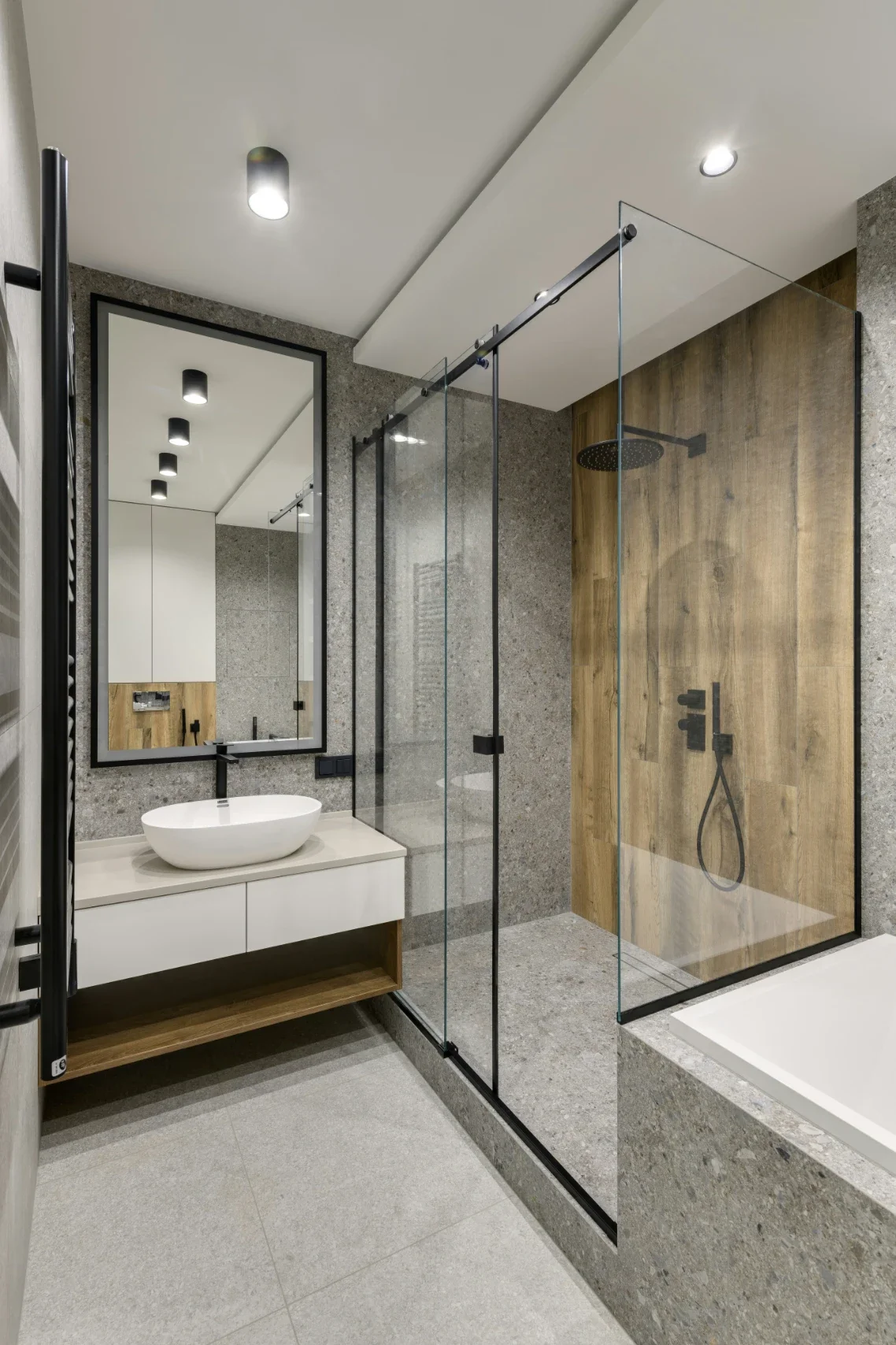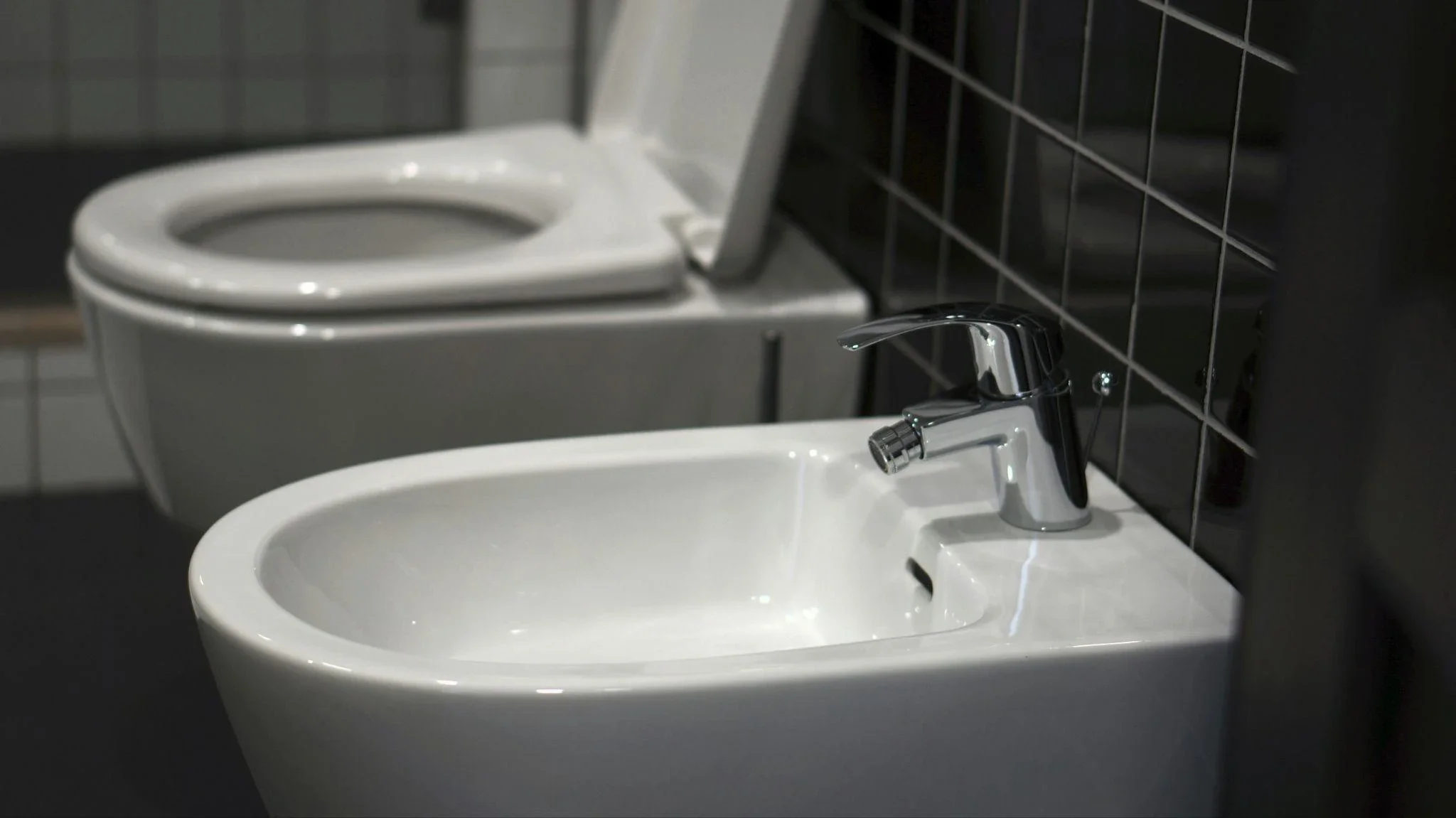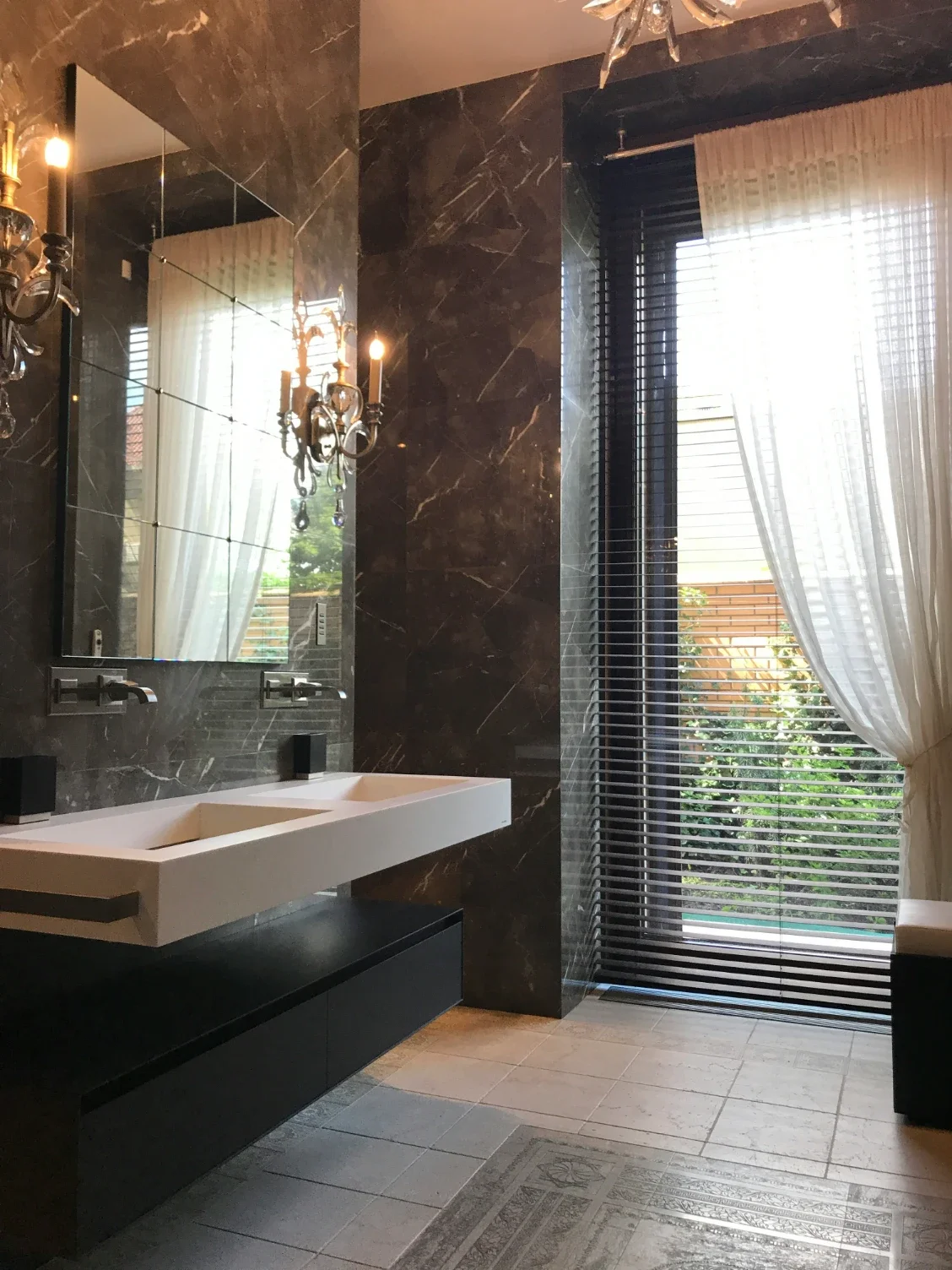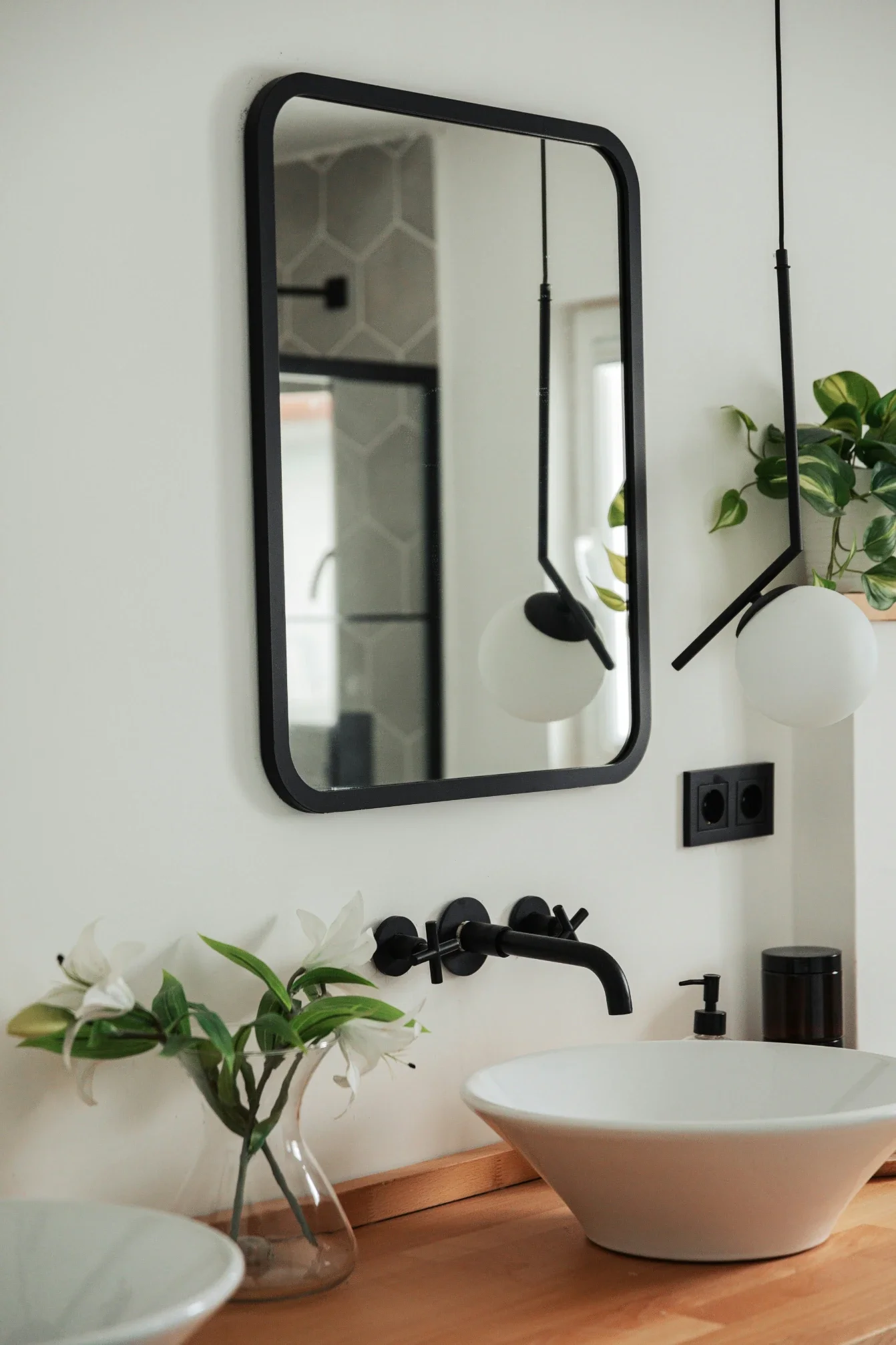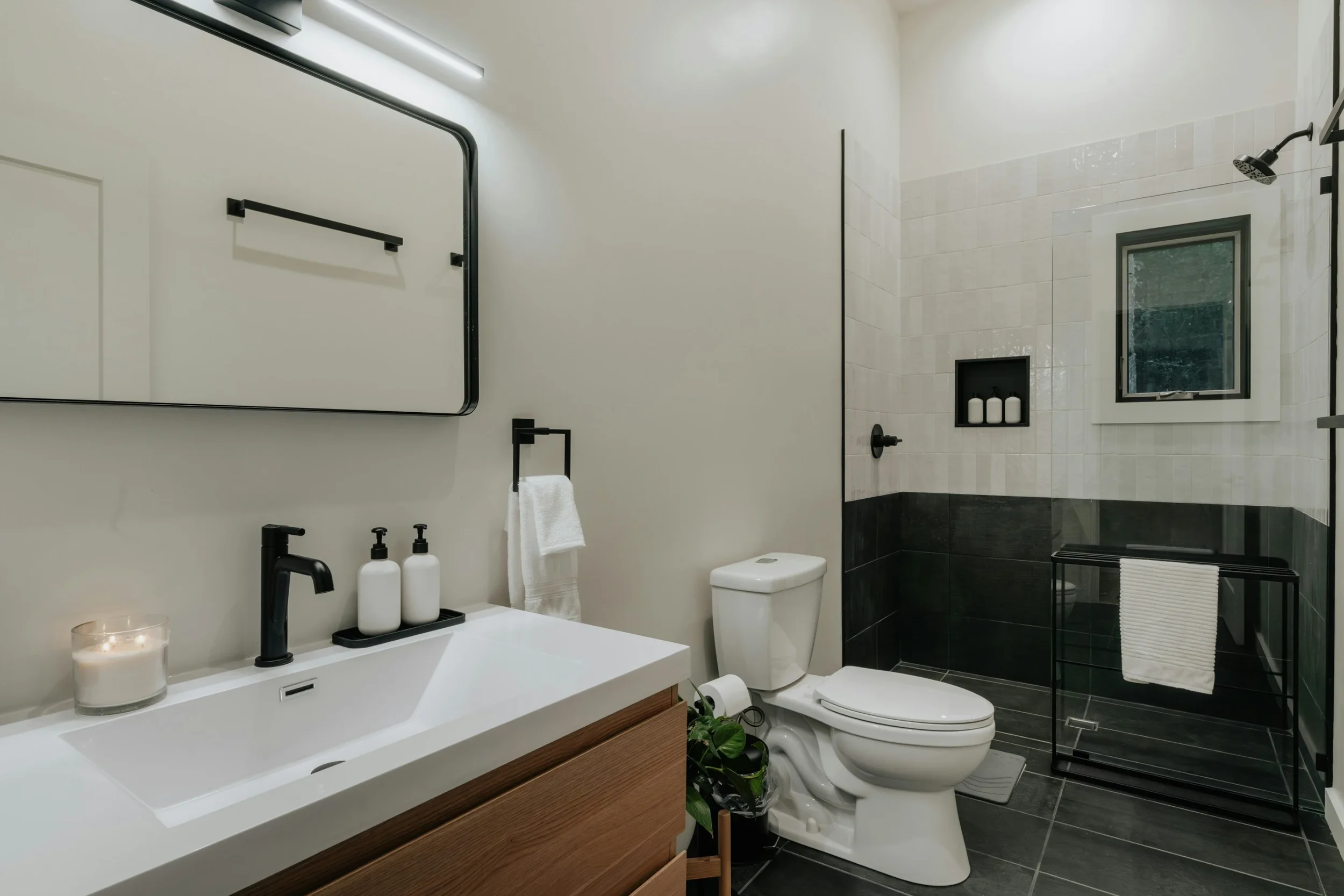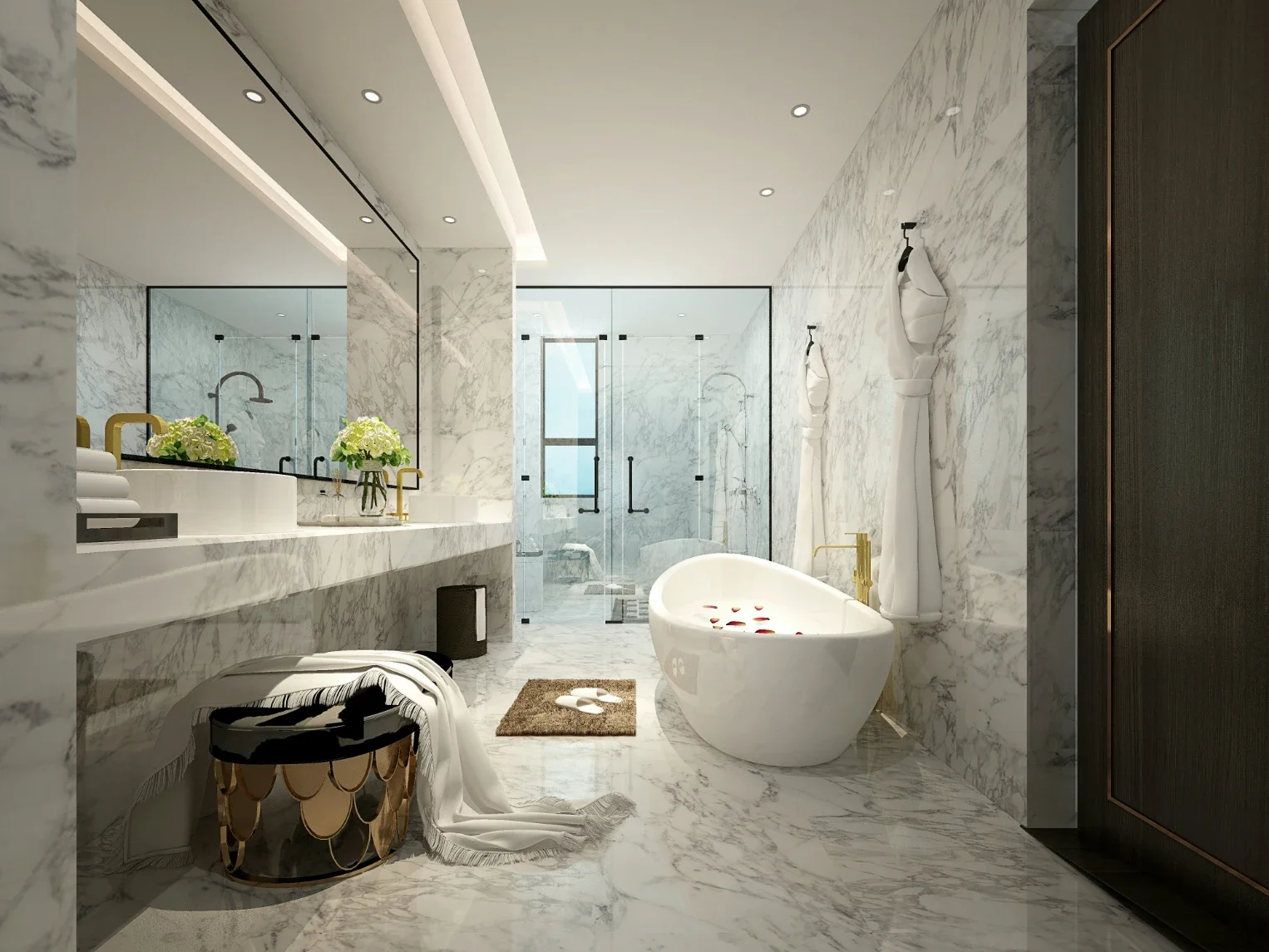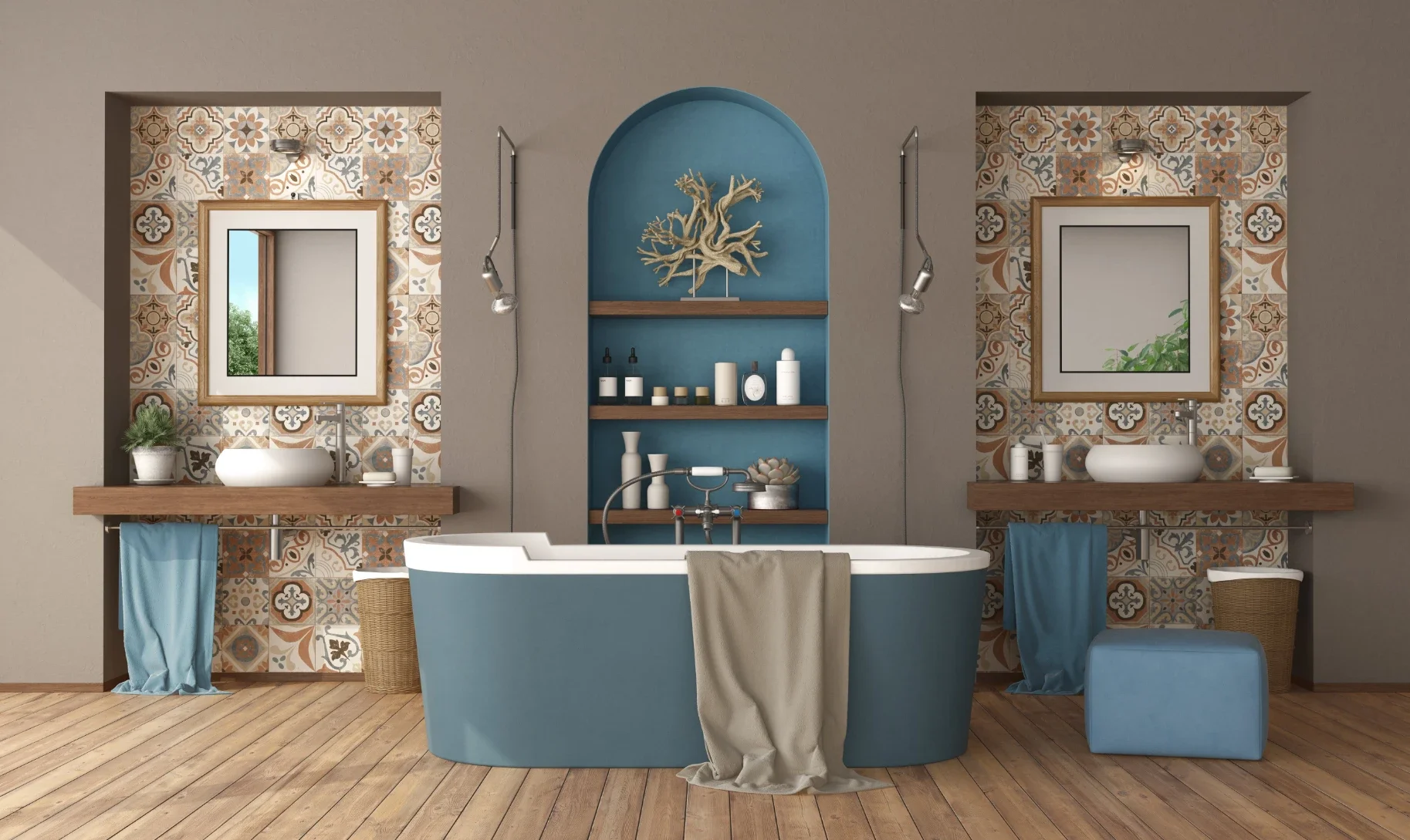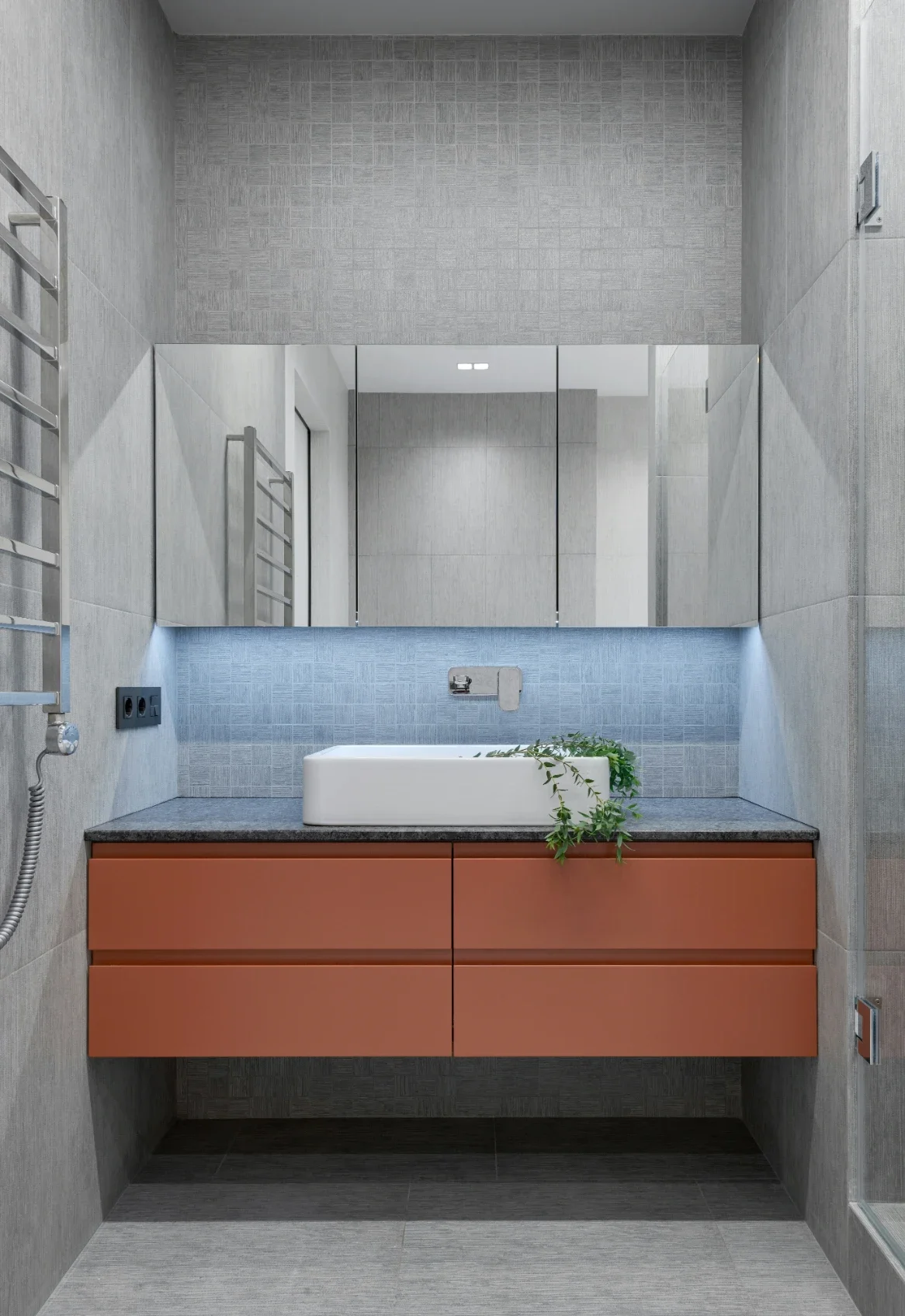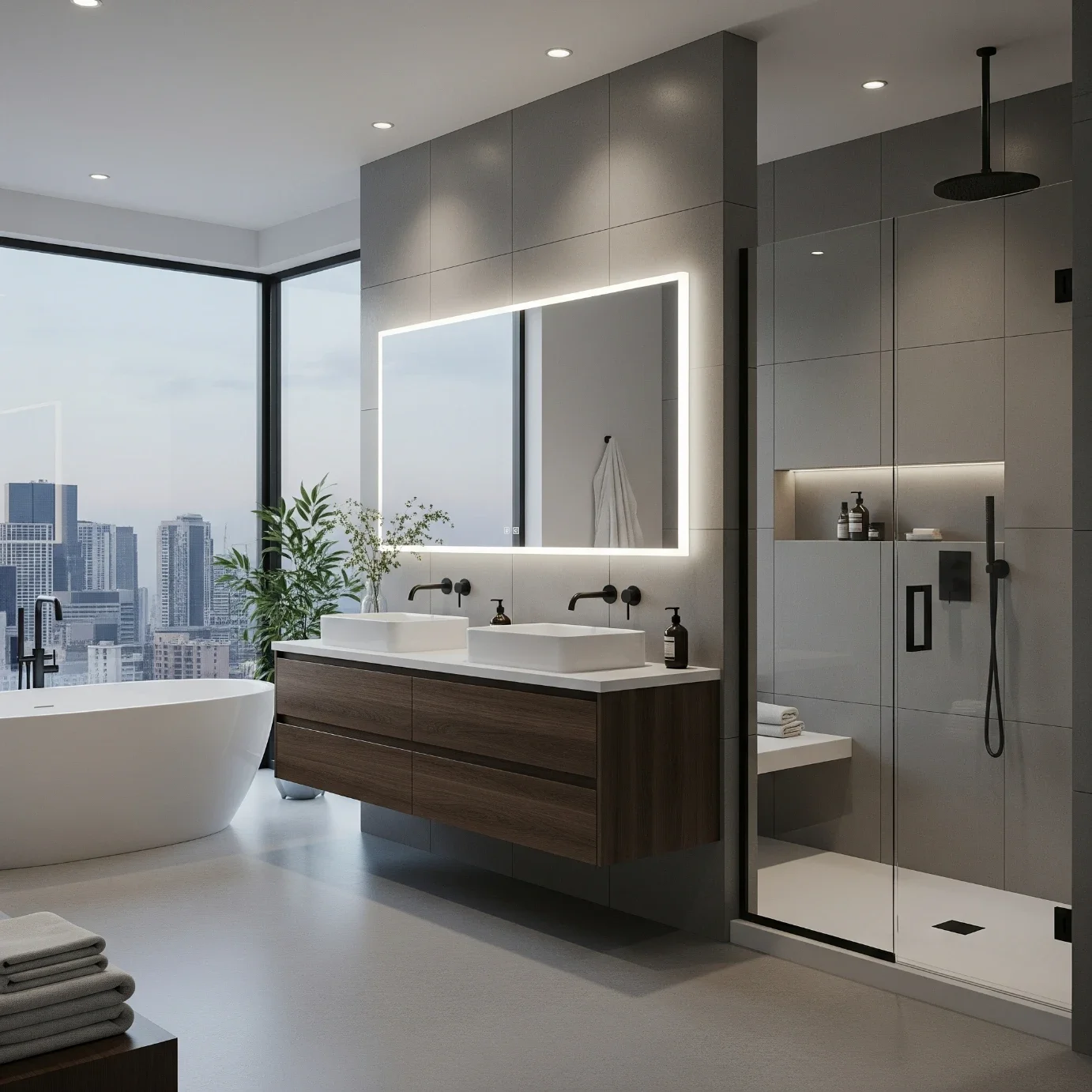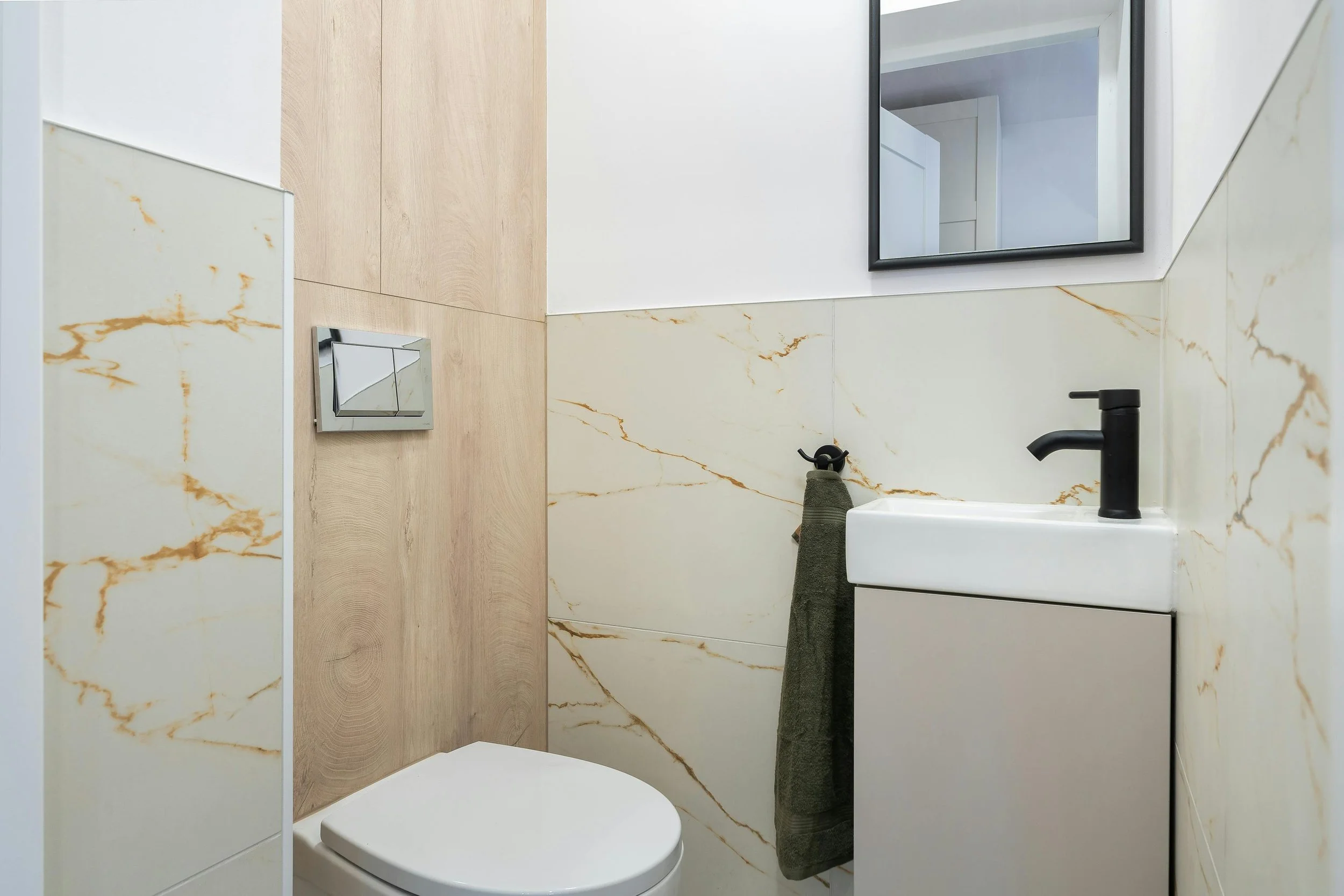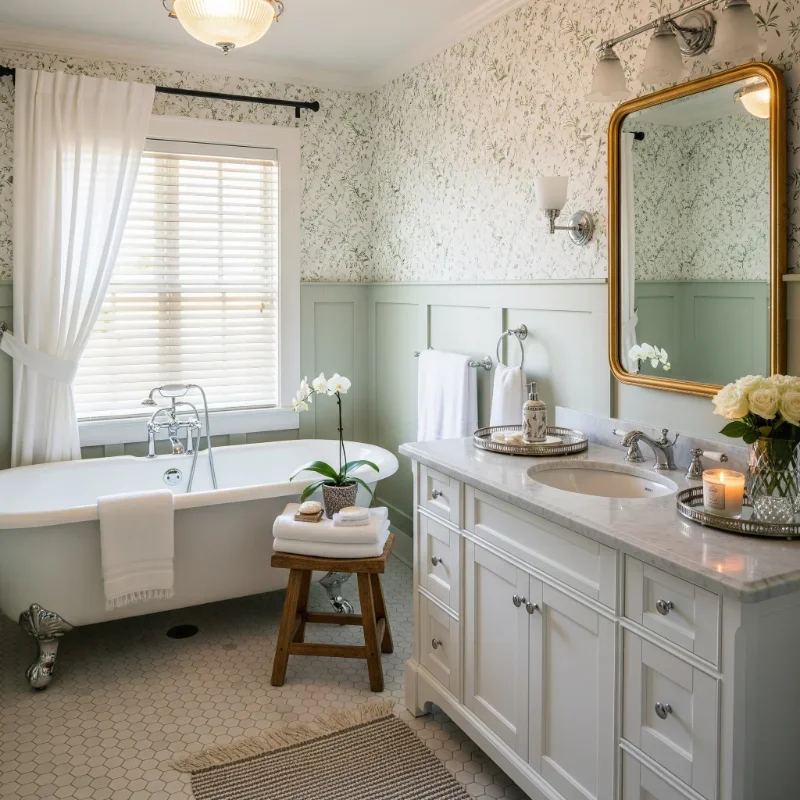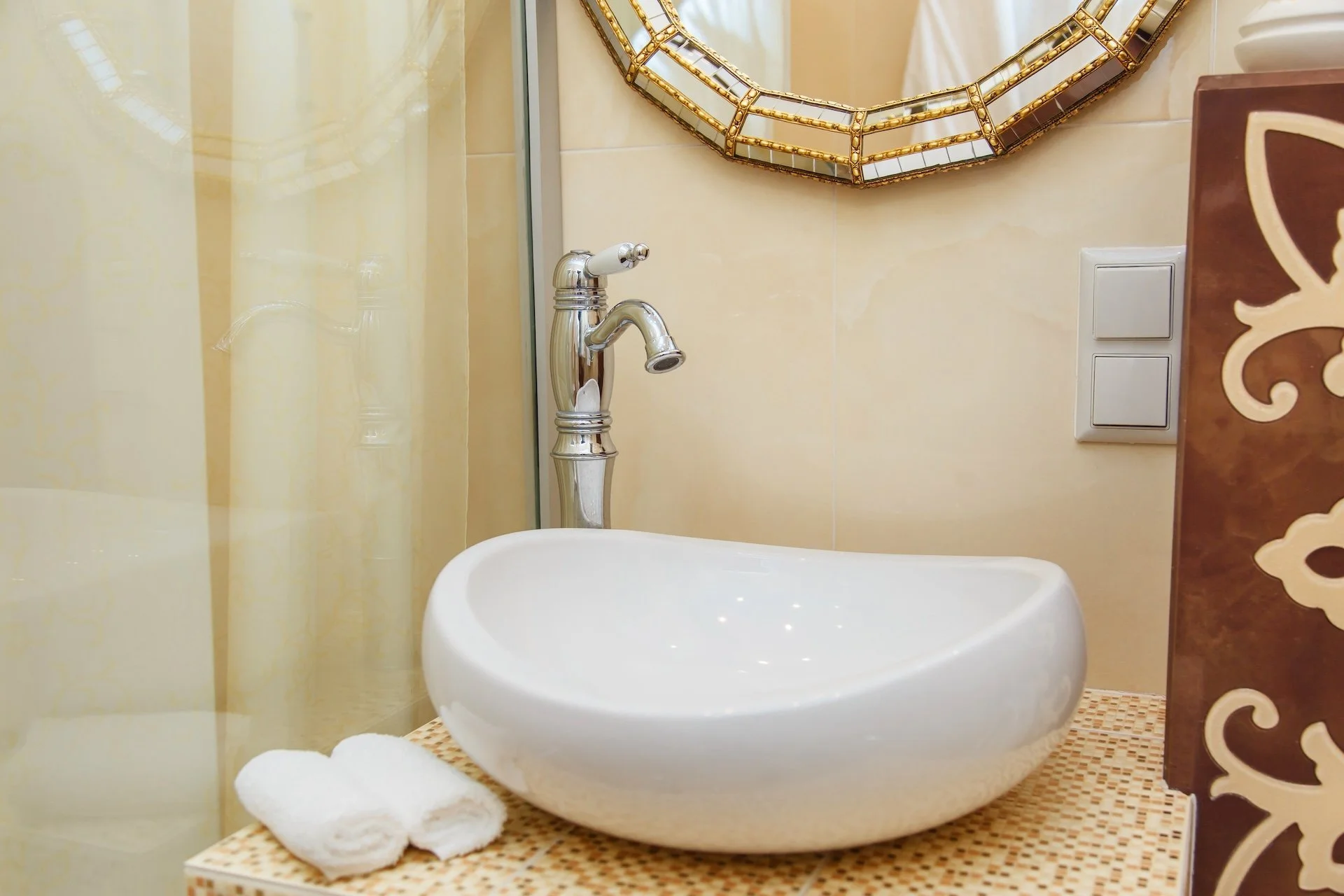7 Essential Factors to Consider Before Your Bathroom Remodel
Planning a bathroom remodel? Discover 7 key factors to consider—from layout and lighting to budget—to ensure a smooth and stylish renovation.
Planning a bathroom remodel can be both exciting and overwhelming. Whether you're updating a powder room or transforming your master suite, careful consideration of key factors will ensure your renovation project runs smoothly and delivers the results you envision. Before you start demolition or shopping for fixtures, take time to evaluate these seven crucial elements that will impact every aspect of your bathroom renovation.
Establish a Realistic Budget and Timeline
Your budget serves as the foundation for every decision in your bathroom remodel. Start by determining how much you can realistically afford to spend, keeping in mind that bathroom renovations typically cost between $10,000 and $40,000 depending on the scope of work. Remember to set aside an additional 10-20% of your budget for unexpected expenses that often arise during renovation projects, such as hidden plumbing issues or structural problems discovered behind walls.
Timeline planning is equally important, as bathroom remodels can take anywhere from two to six weeks to complete. Consider how long you can manage without access to your bathroom, especially if it's your only full bathroom. Factor in time for permit approvals, material deliveries, and potential delays due to weather or supply chain issues. Rushing through bathroom remodeling often leads to costly mistakes and subpar results.
Assess Your Space and Layout Options
Understanding your bathroom's existing layout and structural limitations will help you make informed decisions about what changes are possible within your budget. Evaluate whether you want to keep the current footprint or expand the space by incorporating adjacent closets or rooms. Moving plumbing fixtures like toilets, showers, and sinks significantly increases renovation costs, so consider whether your current layout can be optimized before relocating major elements.
Measure your space carefully and consider how different layout options might improve functionality and flow. Think about daily routines and how multiple family members use the space. Sometimes simple changes like relocating a door or removing a wall can dramatically improve the room's functionality without requiring extensive plumbing modifications.
Choose Quality Materials That Match Your Lifestyle
Material selection impacts both the appearance and longevity of your bathroom remodel. Prioritize durability and maintenance requirements when choosing flooring, countertops, and wall surfaces. Porcelain and ceramic tiles offer excellent water resistance and easy maintenance, while natural stone provides luxury appeal but requires more upkeep. Consider your family's lifestyle when selecting materials – households with children might benefit from slip-resistant flooring and easy-to-clean surfaces.
Don't overlook the importance of quality fixtures and hardware. Investing in well-made faucets, showerheads, and cabinet hardware will pay dividends in both performance and appearance over time. Research different brands and read reviews to ensure you're selecting products that will withstand daily use and maintain their finish over years of regular cleaning.
Plan for Adequate Lighting and Ventilation
Proper lighting and ventilation are often overlooked aspects of bathroom design that significantly impact both functionality and comfort. Layer your lighting plan to include ambient lighting for general illumination, task lighting around mirrors and vanities, and accent lighting to highlight architectural features or artwork. Consider installing dimmer switches to create a relaxing atmosphere for evening baths.
Ventilation is crucial for preventing moisture damage and maintaining air quality. Ensure your exhaust fan is properly sized for your bathroom's square footage and consider upgrading to a quieter, more efficient model. Some homeowners opt for combination units that include lighting, heating, and ventilation functions. Proper ventilation will protect your investment by preventing mold, mildew, and structural damage caused by excess moisture.
Consider Storage Solutions and Organization
Effective storage planning can make even small bathrooms feel more spacious and organized. Evaluate your current storage needs and consider how they might change in the future. Built-in storage solutions like recessed medicine cabinets, shower niches, and custom vanities with organized drawer systems maximize space efficiency while maintaining clean lines.
Think beyond traditional storage options and consider creative solutions like over-toilet cabinets, corner shelving units, or vanities with interior organizers. Plan for storing everything from daily essentials to cleaning supplies, towels, and seasonal items. Well-planned storage will keep your newly remodeled bathroom looking tidy and functional for years to come.
Understand Plumbing and Electrical Requirements
Bathroom remodels often require updates to plumbing and electrical systems, especially in older homes. Have a professional assess your current systems to determine what upgrades might be necessary. This evaluation should include checking water pressure, examining pipe conditions, and ensuring electrical systems meet current safety codes.
Consider whether you want to add new electrical features like heated floors, towel warmers, or additional outlets. GFCI outlets are required in bathrooms for safety, and you may need to upgrade your electrical panel to handle additional loads. Planning these infrastructure improvements early in the design process will prevent costly changes once construction begins.
Select the Right Professionals for Your Project
The success of your bathroom remodel largely depends on working with qualified professionals who understand your vision and can execute it properly. Research contractors, designers, and specialized tradespeople thoroughly by checking references, reviewing portfolios, and verifying licenses and insurance coverage. Get detailed written estimates from multiple contractors to compare pricing and approaches.
Consider whether you need a general contractor to manage the entire project or if you prefer to coordinate with individual specialists directly. Some homeowners benefit from working with a bathroom designer who can help optimize the space and coordinate with contractors. Clear communication about expectations, timelines, and budgets from the beginning will help ensure your bathroom remodel meets your goals and stays within your parameters.
Taking time to carefully consider these seven essential factors before beginning your bathroom remodel will set the foundation for a successful renovation that enhances your home's value and your daily living experience.
